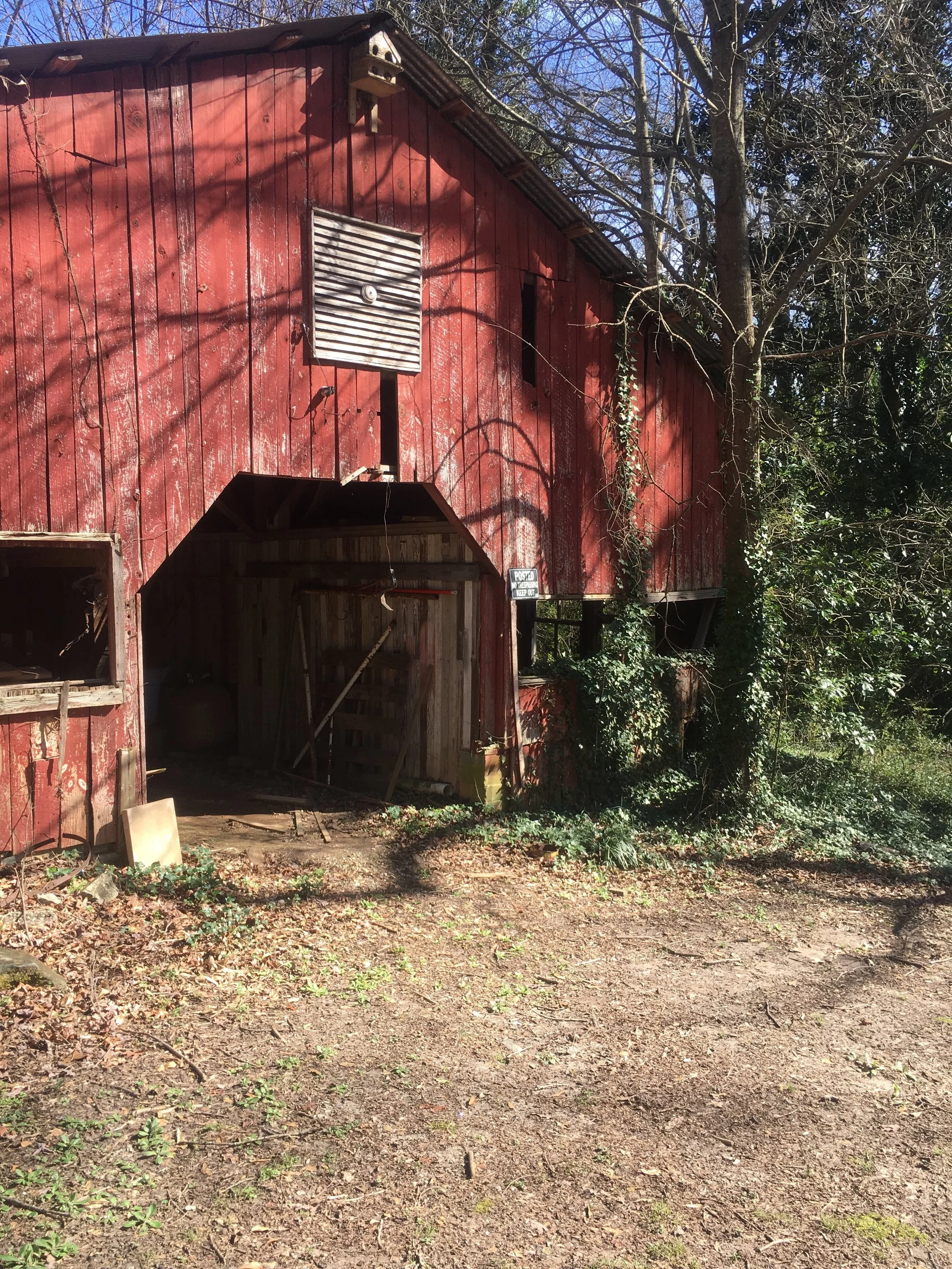Below is a feature I wrote on my grandparent’s house and the city they live in, Clarkston. I took all the photos over a couple of days at their house. There are quite a few embedded links which lead to articles, other pieces I wrote to go along with this article, and a video I created based on my grandparents’ barn. I hope you enjoy the space as much as I do.
Papers rustle as I enter the house. I can hear the scraping of my grandmother’s chair as she rises to greet me. “Come in!” she calls in her delicate southern accent. It’s the kind you only seem to hear in people of a certain age, something dying out with time. But it brings out my own southern lilt, something I keep hidden most of the time.
“Can I fix you something to eat?” she asks which comes out sounding more like “Kin I fix you sompin’ ta eat?” It’s the same question every time, my grandmother ever the southern lady. I grab myself a Fanta from the pantry, and we start on the crossword before I get into the questions I want to ask; I’m here to look at the old barn out back and take some pictures. Sitting down at the table I see my grandmother has already started on today’s crossword. It’s Monday so the AJC features a one that both of us can actually complete. Between sips of my soda, we chit-chat, and I ask her what her life was like before I was born.
My own knowledge on the subject has been something like this: In 1917 my great grandparents Tom Hensler Sr. and Mary Emma Kilgore built a two bedroom house nestled into the hills of Clarkston, GA on Northern Avenue. Thirty-five years later, their oldest son would build a four bedroom house to accommodate what would become a family of six. Now, more than 65 years later, the house is adorned with photos of my mom, aunts and uncles, their children, and their children’s children. There is hardly a space on the wall that doesn’t have a photo hanging on it.
While the house doesn’t see to have changed much since it was built, save the growing amount of photographs, the town it was built in has evolved significantly.
“There was a family hierarchy to Clarkston,” my grandmother informs me, “Sort of like the ones you’d see in the movies. The Henslers were one, so were the Chicks- you have a few Chick cousins- and of course the Brantleys. And then there were the Fortenberrys but we’re not related to any of them.”
When asked about her social interactions, she told me, “They didn’t like me much. I wasn’t from one of their families; I was just some Texas girl. I didn’t like to gossip like they did so I ended up keeping to myself. Mary Brantley was the only one that I really had anything to do with. We liked to play bridge together.”
Life in their part of the south seemed to revolve around the Clarkston First Baptist Church, which is being torn down later this year in order to build a larger church compound.
Growing up in the south during the 1960s, my mother describes the town through the lens of the civil rights era. She remembers her brothers getting bussed to traditionally African-American schools and the reverse bussing that happened at her alma mater, Clarkston High School. She also recalls a very pivotal point for her as a child, “Your grandfather was a Sunday school teacher at the baptist church but they kicked him out when I was little because they didn’t like his views on the civil rights debate. He was teaching their kids equality, to love thy neighbor, and they couldn’t handle it. We never went back to church after that.”
In the late 1950s and 60s my grandfather and his brother owned their own restaurant: Tom and Jerry’s. My grandmother says, “He always made sure everyone had a ride home.”
“Yeah,” my mother chimes in, “I remember sitting on his lap taking people home. It didn’t matter who they were. He wasn’t marching, but he tried in his own small ways.”
I also remember my grandfather giving rides to people without transportation. In their seventies, my grandparents signed up for a program that helped people get to and from doctor’s appointments.
Moving outside, I look at the barn from afar. The red structure sits on my grandparents’ five acres of land. Now dilapidated, it once held horses, pigs, chickens, and turkeys. My mother said the horses were gone by the time she was born and I never remember a time when my grandparents had anything other than cats. In fact, I can’t remember a time when the barn was in good shape. The paint is chipping off, the roof is covered with fallen limbs, and the inside is littered with broken bottles and old newspapers. But there is beauty in the disrepair. While the windows are gone, the ivy creeping through creates a wonderful picture of the natural cycle of life. It may be falling apart, but there is no denying it was lived in and used. The door to the office still stands even as the walls on the outside don’t.
Now, Clarkston is known for its vast ethnic community, most being refugees from Syria, Ethiopia, and The Congo but as the self proclaimed “Ellis Island of the south,” in the past 25 years it has welcomed 40,000 refugees from all over the world. My cousin, who now lives with my grandmother, volunteers at the community outreach center on the weekends. The restaurants have changed to reflect the cuisine of the residents with Ethiopian eateries popping up around town.
The city will continue to evolve and as long as my family keeps the property more and more generations of Henslers will continue to have their own memories of the town and our home.



